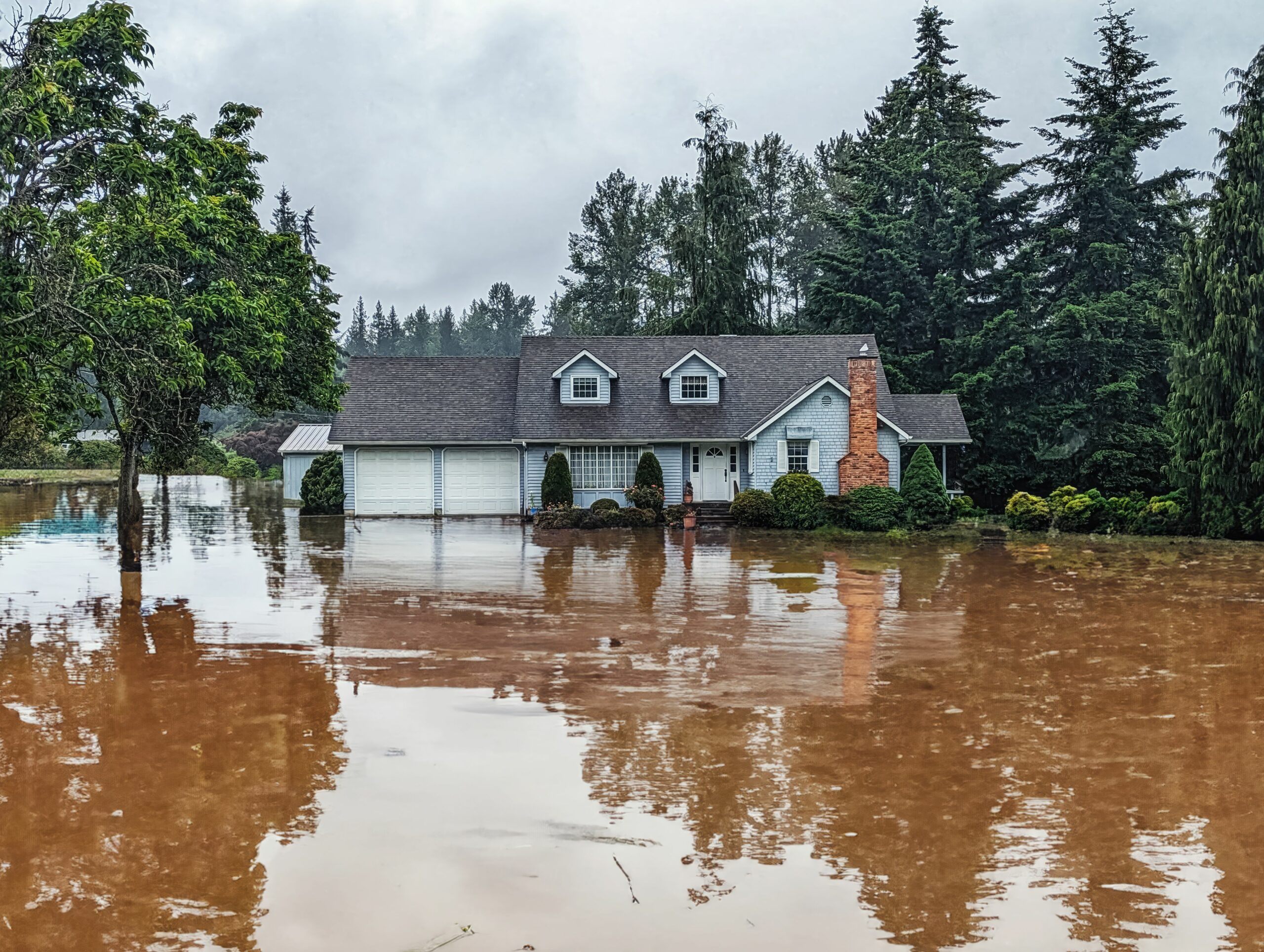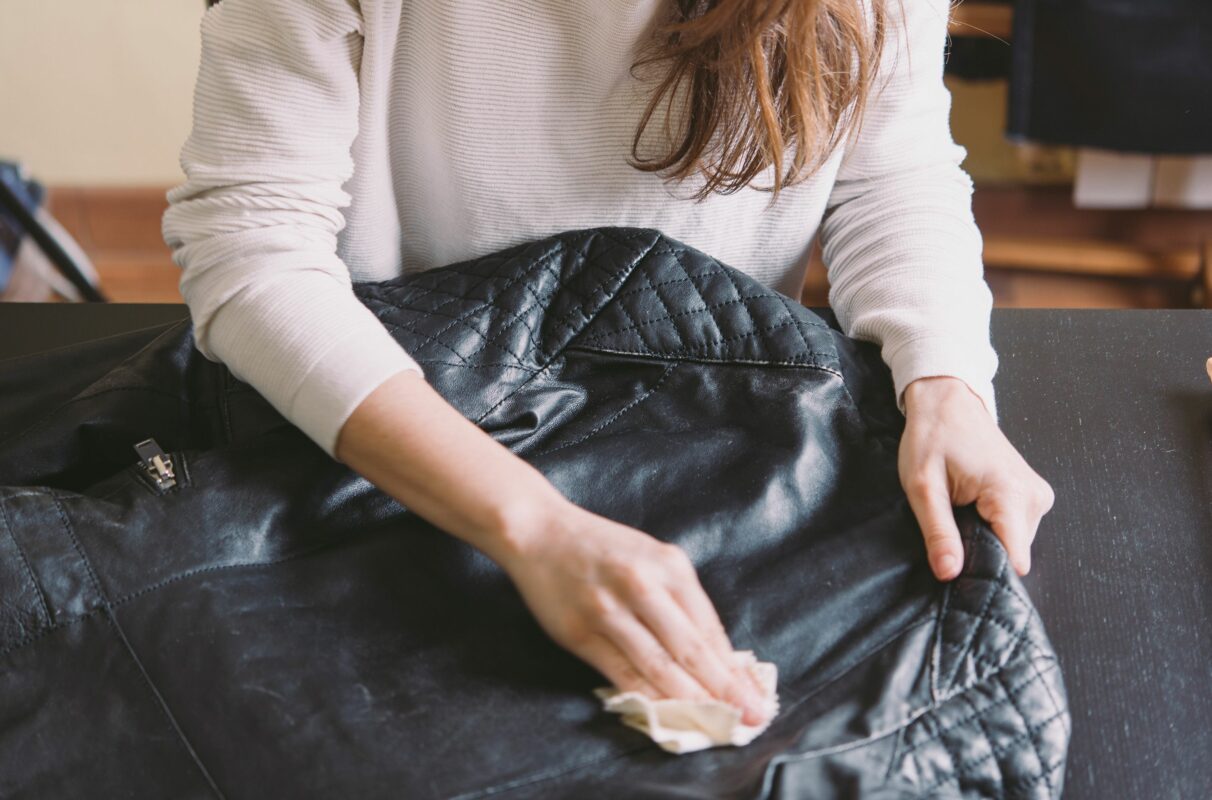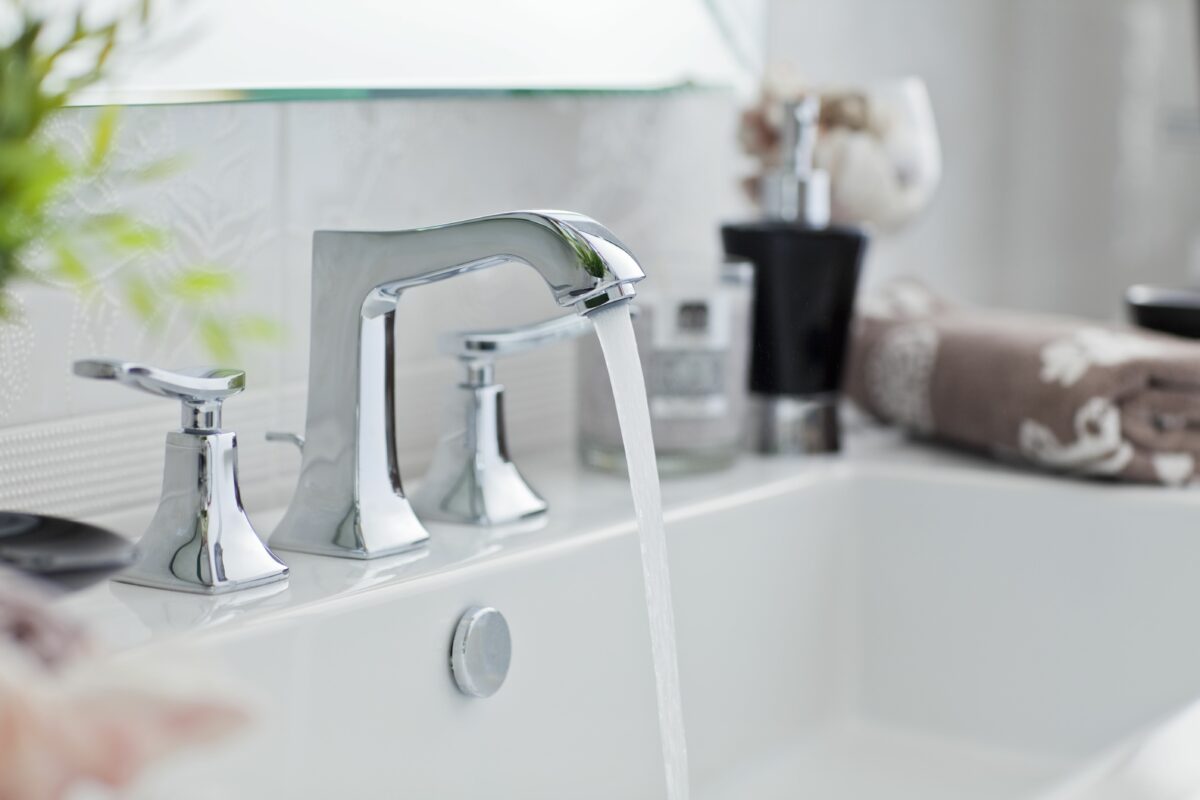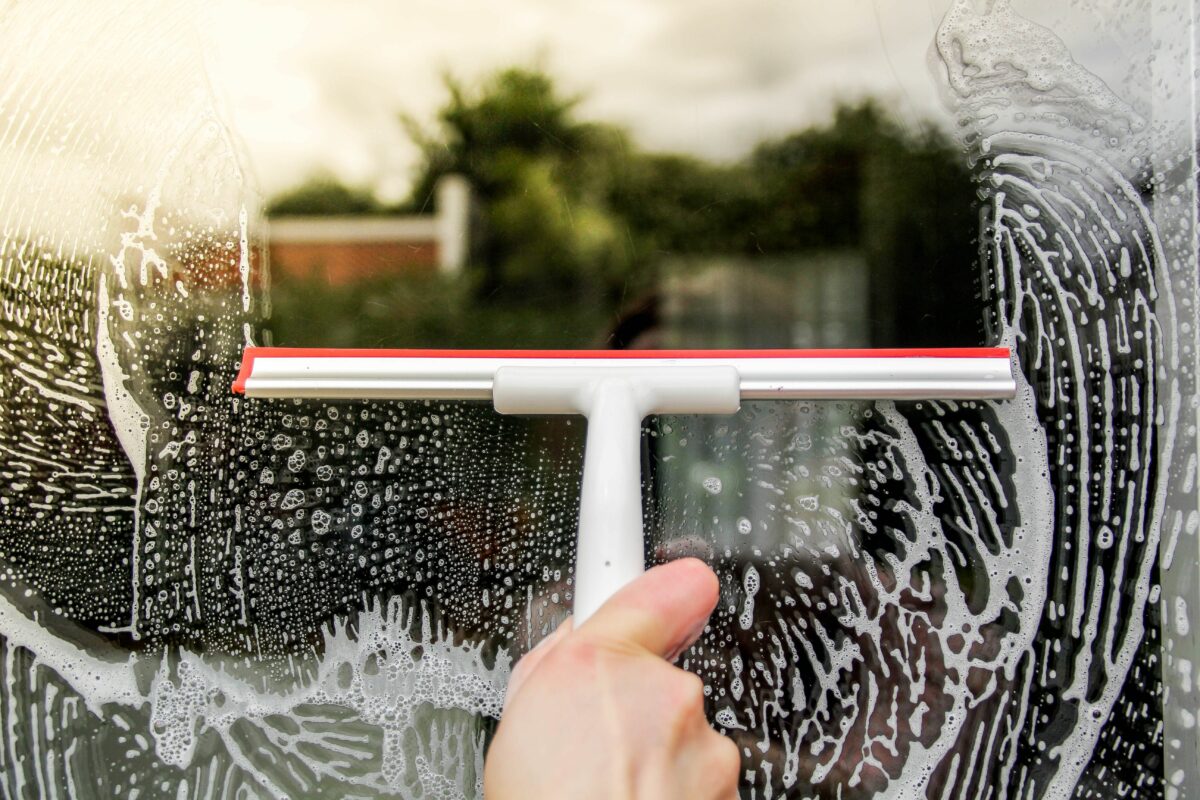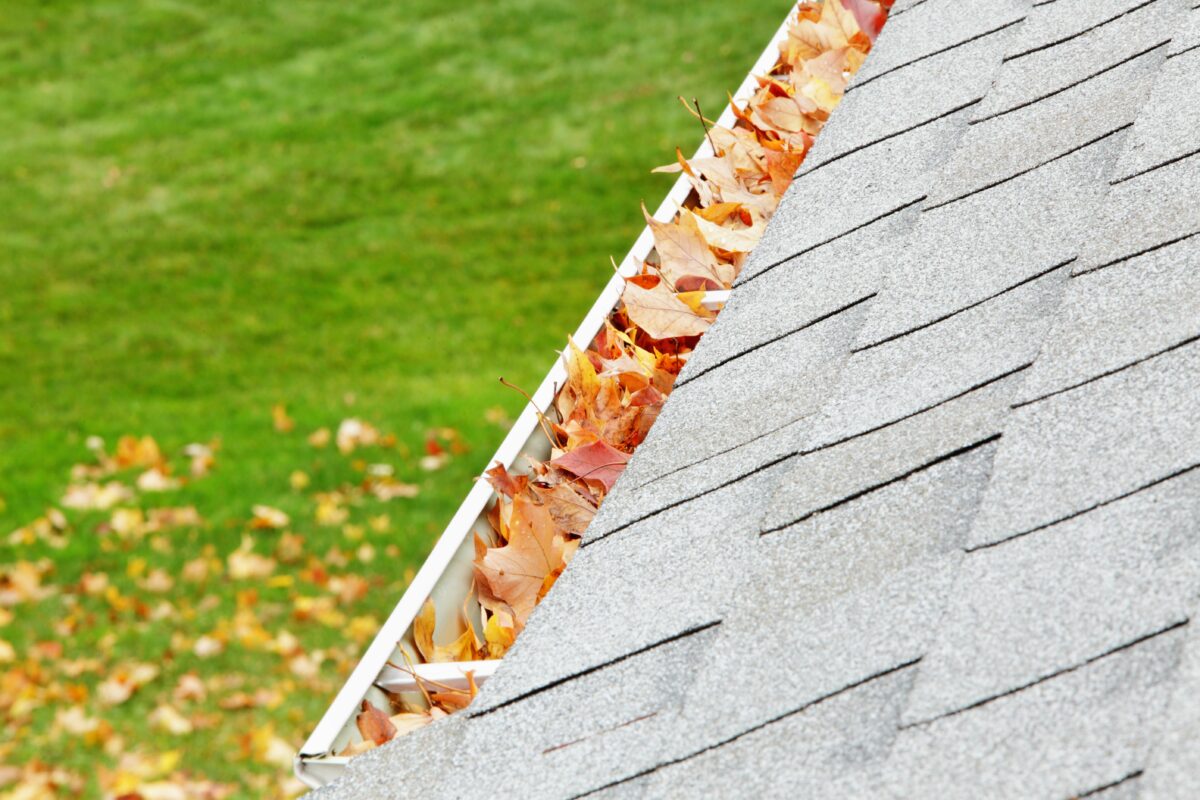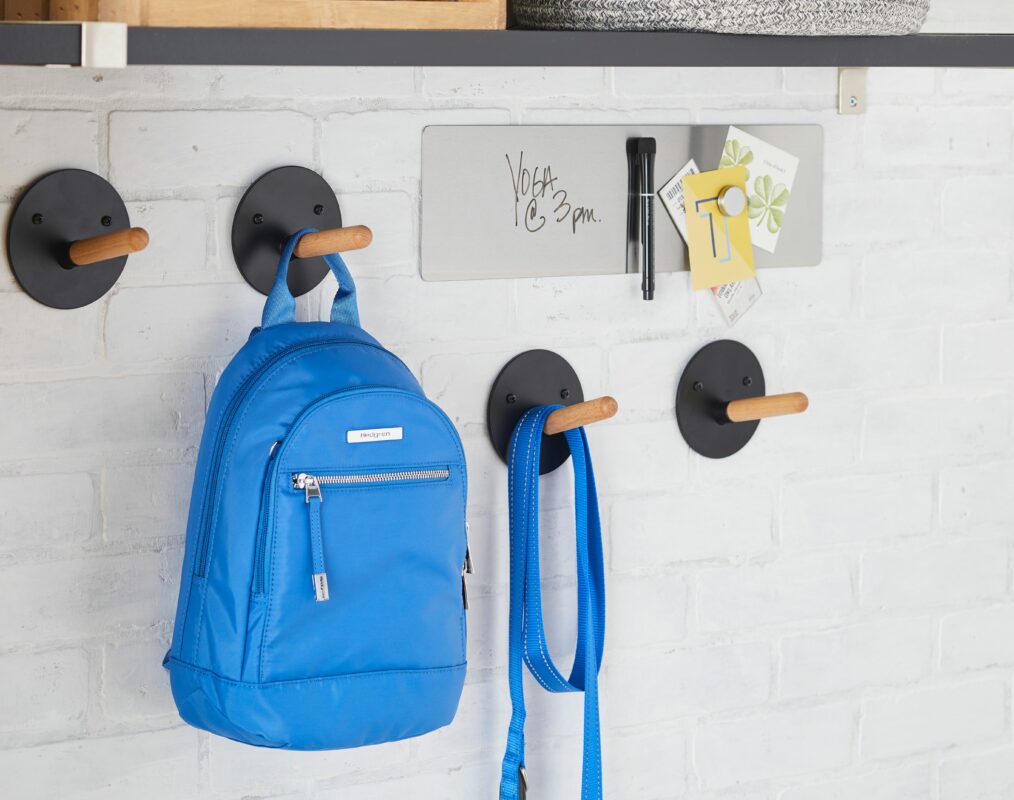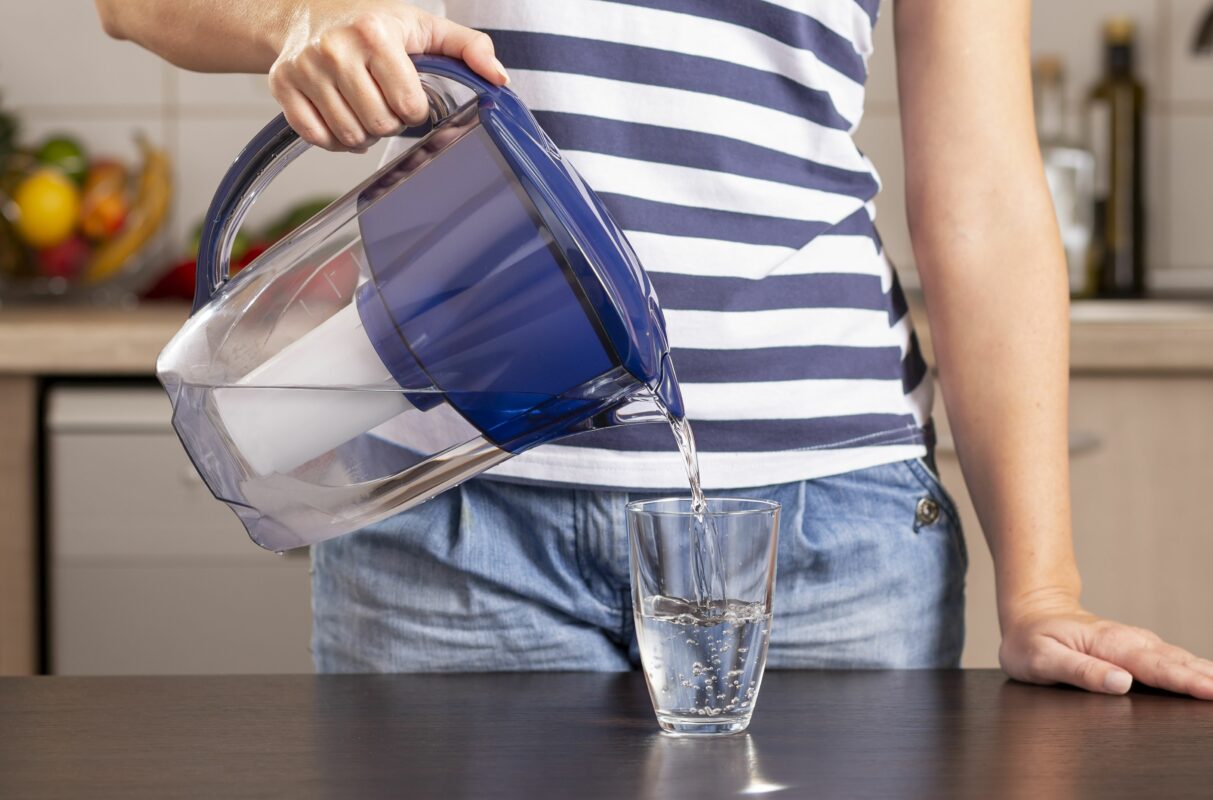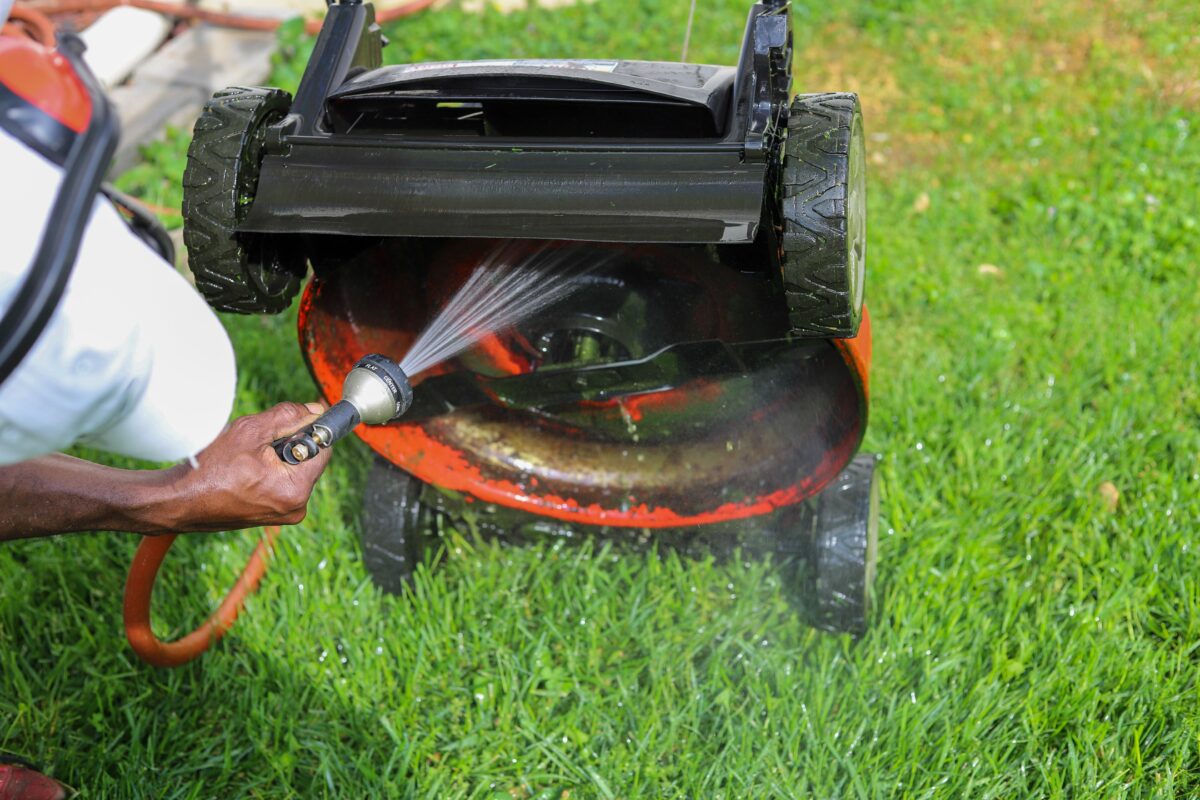Experiencing a flood is one of the most devastating events for homeowners. If your home has flooded, there are steps you can take in the immediate aftermath to ensure the cleanup goes smoothly and you don’t introduce new problems to the mix.
“Flooding is the deadliest and costliest disaster in this country,” says Leslie Chapman-Henderson, president and CEO of the Federal Alliance for Safe Homes (FLASH). “Just one inch of water can cause $25,000 of damage.”
Here are the steps you should take following a flood to ensure a speedy recovery for your home and family.
First Steps to Take After Flooding
Water can enter your home in several ways, such as during a natural disaster like a hurricane, when an appliance fails, or when plumbing leaks. Whatever the cause, the arduous cleaning process should begin as soon as possible after the incident.
“If the flood is from an inside source like the plumbing, then the best first step to take is to turn off the water to the main line of the home,” says Bethany Uribe, mitigation division supervisor at ASAP Restoration LLC. “This will prevent additional water from entering the home and decrease the amount of secondary damage that the property owner deals with as a result.”
Uribe says that if the water is from a natural disaster, you can try to mitigate the flow with sandbags and water pumps, but the cleanup will have to take place after the water has subsided.
In an ideal situation, you’ll have access to a professional crew to handle the cleanup. “Professional flood cleanup and restoration companies are very effective, but they may be unavailable after a large-scale flooding event, so it is critical to keep supplies on hand in the event that you have to clean up the water yourself,” Chapman-Henderson says.
Here are steps experts say you should take to get things cleaned up quickly and safely.
Ensure Safety After a Flood
Your health and safety should be first on your priority list when cleaning up after a flood. If the flooding was the result of a natural disaster, Chapman-Henderson says you should ensure your home is structurally sound before beginning any cleanup.
“If you are concerned that your home isn’t safe or if there is significant damage and debris, leave the area immediately and request an inspection by a qualified building inspector or structural engineer,” she says.
Safety Before Entering Your Home
Remember that water and electricity don’t mix. If there are downed power lines following a storm or water has come in contact with electrical outlets, wired appliances, or breaker boxes, don’t enter the water; instead, call a professional.
“Look for downed power lines in or near your home. Can you smell gas or detect a possible gas leak? If so, depart immediately and contact the utility company or local authorities,” Chapman-Henderson says. Keep in mind that natural floods can also invite wildlife, such as snakes, so beware of that possibility.
Safety During Water Removal
“Once you determine that it is safe to enter your home, wear rubber boots, gloves, and protective clothing to avoid contact with contaminated mud or water,” Chapman-Henderson says. “Use a battery-powered flashlight to inspect your home. Turn on the flashlight before entering. Never use candles or lighters.”
Safety After Water Has Been Removed
Safety will become even more critical when the water has been removed from your home. “Most injuries and deaths occur during the recovery period after disasters like floods, so make sure that safety and caution are your first focus after the water recedes,” Chapman-Henderson adds.
In cases of severe flooding, whether natural or caused by a plumbing failure, hiring someone to handle the cleanup is always safest.
“The best safety precaution you can take is to let professionals handle the remaining aspects of flood cleanup,” Uribe says. “Professionals in these situations wear full suits and respirators to avoid contaminating themselves, their clothes, and their lungs with contaminants present in flood remediation scenarios.”
Remove Standing Water
Assuming the area is safe for you to enter and work in, your next priority is to remove all standing water from your home.
To do this, Uribe recommends using a pump. “If you’re attempting to solve the flooding yourself, the best method for removing water is to get a pump, or many of them, to extract the water from any areas that are presently inundated,” she says.
Without the proper equipment, you need to get creative, using mops, towels, buckets, and similar items. “If you lack pumps or they are not available, such as during a major flooding event, it may be necessary to use a bucket brigade to extract any water that is in the property,” Uribe says. “Then try to mop up and wipe up anything that is left over after buckets are no longer useful.”
At this point, take a hard look at your belongings. “After you remove the water, remove any waterlogged furniture, carpets, rugs, or other soaked contents in your home,” Chapman-Henderson says. “Dispose of anything that cannot be salvaged, such as mattresses and upholstered furniture, to avoid mold growth and contamination.”
Dry the Area
Once you’ve removed as much standing water as possible, the next step is to dry the area. Do this by opening windows in your home and turning on all overhead fans. If you have standing fans, direct these to the wettest spots in your home.
“Beyond simply extracting the water with pumps and machines, we also use air movement and dehumidifiers to pull even the water vapor from the air itself,” Uribe says of professional restoration companies.
Professional companies sometimes use a heating element to fully extract all the water—liquid and vapor—from the property, Uribe adds.
Disinfect and Clean
Cleaning and disinfecting your home after a flood should take place as soon as most of your floors and surfaces are dry. This is the time to use cleaners to remove harmful bacteria from the home.
“The first step in flood cleanup is to use a mixture of soap and water to scrub dirt and debris off all non-porous surfaces,” Chapman-Henderson says. “Do not use any disinfectant or sanitizer, such as bleach, until you have thoroughly cleaned everything that was wet and contaminated. Bleach and other disinfectants and sanitizers kill microorganisms but are not fully effective unless the dirt around the microorganisms is cleaned up first.”
From there, Chapman-Henderson suggests using a bleach solution to wipe every surface, diluting it with water by mixing 5 Tbsp. bleach with 1 gallon of room-temperature water.
Never mix bleach with other chemicals. It can cause a dangerous chemical reaction.
Prevent Mold After a Flood
In addition to cleaning and disinfecting, it’s important to prevent mold from growing and spreading after a flood.
“Smelling a musty odor is a direct sign that mold and mildew have taken over a flooded property,” Uribe says. “If you spot any mold growth in the area that was flooded, that is a sign of mold contamination.”
Professionals will often come in to perform a lab-grade mold test for spore count and types because this is the only way to know if invisible mold is present. You can do some cleanup yourself, but you’ll need something stronger than bleach to tackle mold.
“Most people think that bleach will kill mold, but it has almost no impact on any mold species that would be common in these situations,” she says. “The best method for cleaning up mold contamination on the surface of a material is to use vinegar. This approach breaks down the cellular nature of the mold spore and prevents it from growing and spreading.” Professionals have access to the right antimicrobial agents that will best remediate mold, Uribe says.
Begin Repairs
Next comes the serious work of demolition and repairs. In many cases, you’ll need to remove drywall and baseboard trim compromised by water intrusion.
“For homes with a burst pipe, for example, restoration involves making flood cuts in the drywall that extend 2 feet past the water intrusion line,” Uribe says. “This can mean cuts at 2, 4, 6, 8, or more feet of drywall that will need to be extracted. If this is the case, everything from the flooring to the baseboards and quarter bead needs to be taken out and replaced.”
Chapman-Henderson says floods can affect all aspects of your home, and repairs can be extensive. “Your home may need repairs to your foundation, walls, ceilings, floors, and drywall after a flood,” she says. “The most common type of damage is to flooring and drywall. If these areas are inundated with water, you need to remove, clean, dry, and later replace drywall and flooring to prevent mold from growing and spreading.”
Your home’s electrical, plumbing, and HVAC systems can also be affected. “Have these systems checked, including ductwork, to rule out mold and debris buildup,” Chapman-Henderson adds.
It’s possible to live in your home while these repairs are being made, but Uribe doesn’t recommend it. Fans and heat sources used to remove water can be noisy, and mold contamination can make your home unsafe until the problem is solved. At best, it’s a stressful prospect; at worst, it can be dangerous to your health.
When to Call the Pros
Consider recruiting help during a major flood incident. Pros often handle the immediate aftermath of these emergencies better than you and your family can. Hiring the right professional to come in and clean up for you can save tons of money down the line when insurance claims are affected by botched repair attempts.
“People try to save money by doing the demolition themselves or spraying things down with bleach to try and prevent mold growth,” Uribe says. “Demolition must be done properly to prevent cross-contamination, and mold isn’t killed by bleach in the slightest. Attempts like these make an insurance claim more difficult. The insurance provider doesn’t know what kind of damage has been caused since nothing can be proven if there is no damaged debris left to inspect or test.”
Consider calling a professional immediately after removing water from your home to avoid problems with claims down the line. Uribe suggests restoration experts rather than plumbers, who fix leaks but aren’t trained in cleanups.
Aid in the Aftermath of a Flood
In addition to professional contractors and cleaners, you should contact your insurance company and potentially government agencies such as the Federal Emergency Management Agency (FEMA).
“This might be the best course of action if the flooding has been declared a disaster by authorities because these situations allow for additional funds to alleviate some of the financial aspects of the catastrophe for homeowners,” Uribe says.
If the flood you experienced has not been declared an emergency by the authorities, chances are you’ll only be able to make a claim through your insurance company.
“If this is the case, it’s important to contact your insurance provider immediately,” Uribe says. “Document everything that has happened and take notes on the entire flooding event. The more documentation you have, the more likely your claim will be taken care of.”
What About Flood Insurance?
Don’t have flood insurance? There’s nothing you can do after an incident except to prepare for the next one.
“Securing a flood policy long before the threat occurs is crucial because flood insurance policies require a 30-day waiting period before coverage takes effect, with very few exceptions,” Chapman-Henderson says. “It is almost always too late to purchase a policy once flood, hurricane, or tropical storm watches and warnings occur.”


